LISTEN TO THE PODCAST:
#Episode 1: The Year I Funded My Book and Built a Thriving Platform

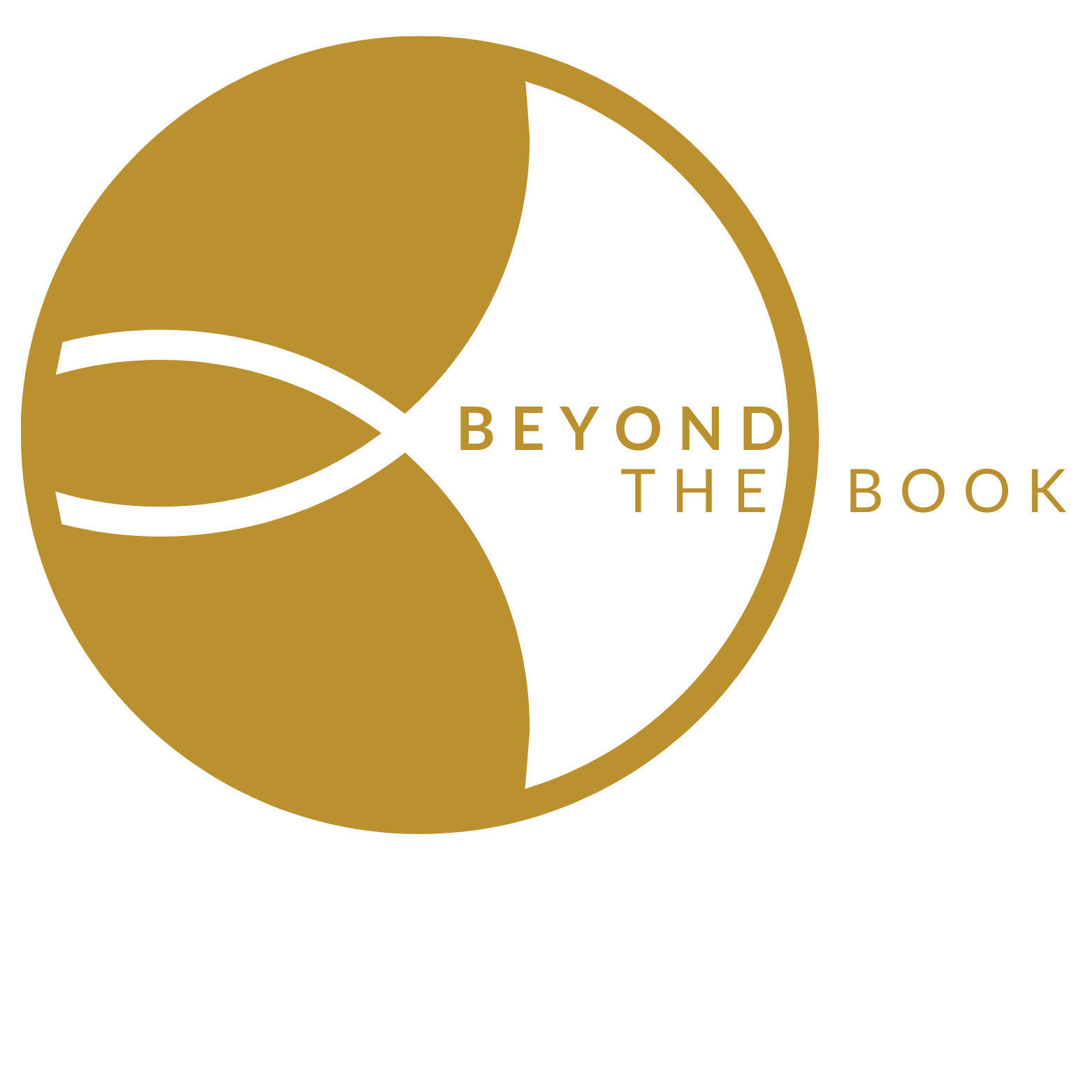
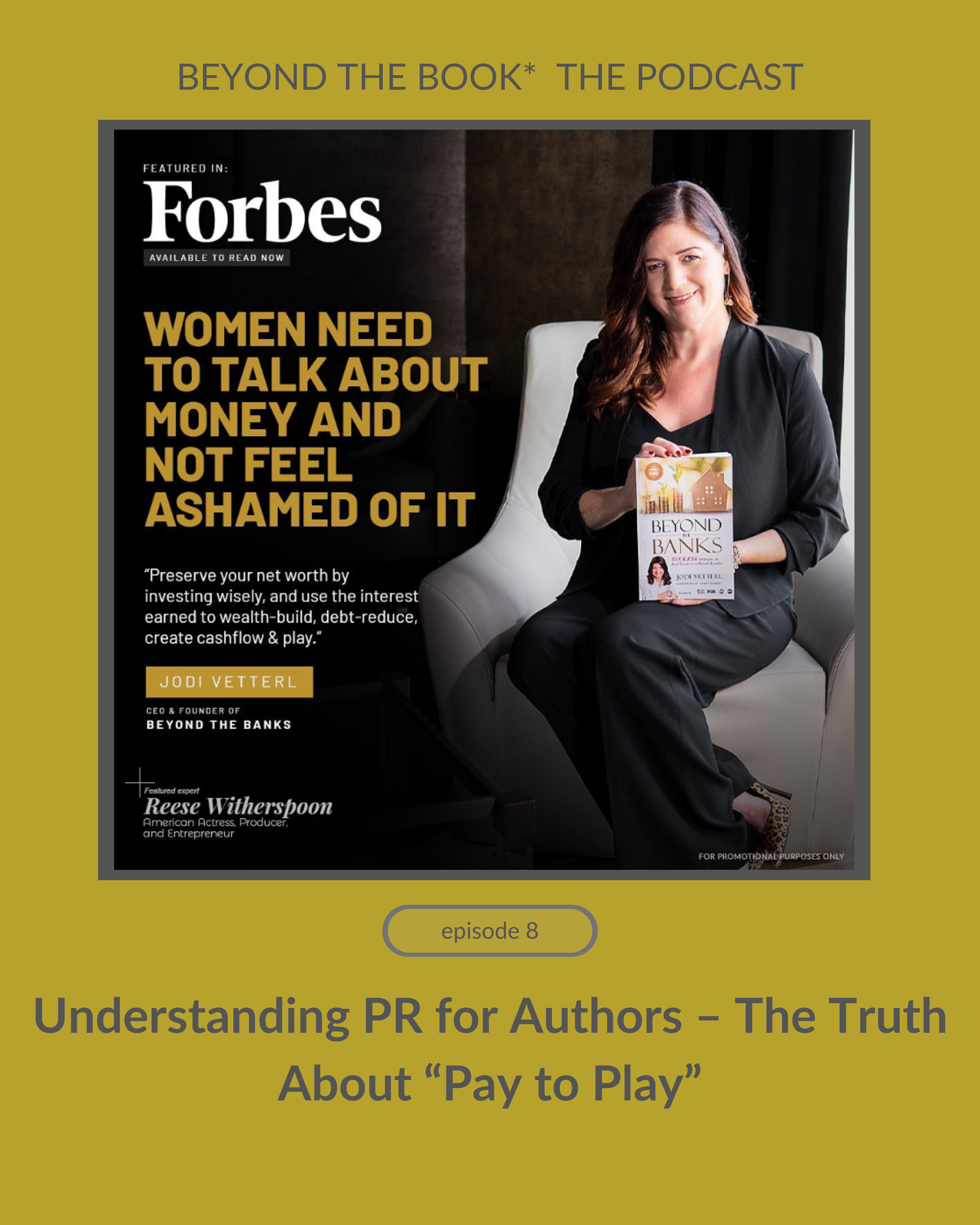
Transcript #Episode 8: Understanding PR for Authors – The Truth About “Pay to Play”

Transcript #Episode 8: Understanding PR for Authors – The Truth About “Pay to Play”
#130: 5 Myths About Selling An Evergreen Course
Listen Now!
Hello, and welcome to Beyond the Book – The Podcast. I’m your host, Jodi Vetterl, and today, we’re diving into one of the most misunderstood aspects of promoting your book: Public Relations, or PR.
If you’ve ever seen an author featured in a big-name publication like Forbes or Disrupt and thought, How did they get that spotlight?—you’re not alone. Today, we’re pulling back the curtain to reveal what’s really happening behind the scenes, especially when it comes to “pay-to-play” PR strategies.
By the end of this episode, you’ll understand what “pay-to-play” PR is, when it’s worth the investment, and how it fits into a broader strategy to build your platform and create lasting impact with your book.
Let’s dive in.
What is PR, and Why Does It Matter for Authors?
At its core, PR is about visibility. It’s about getting your name, your message, and your book in front of the right audiences.
PR can take many forms:
Media features in outlets like Forbes or Entrepreneur.
Guest appearances on podcasts or TV shows.
Speaking engagements and events.
For authors, PR isn’t just about selling more books—it’s about building credibility and expanding your platform. A feature in a well-known publication can position you as a thought leader, open doors to new opportunities, and elevate your book’s message.
But here’s where it gets tricky: not all PR is created equal.
What is “Pay to Play”?
“Pay to Play” is a term used to describe paid media opportunities. Unlike earned media—where a journalist or producer chooses to feature you because of your story—pay-to-play means you’re paying for the placement.
Here’s how it works:
You pay a PR firm, media outlet, or journalist to write about you or your book.
Your feature appears in a high-profile publication, often labeled as “sponsored content” or “advertorial.”
On the surface, this might seem inauthentic, but let me explain why pay-to-play is a legitimate strategy for many authors and entrepreneurs.
The Truth About Pay-to-Play PR
1. It’s Not a Shortcut—It’s a Strategy.
Pay-to-play is not about buying credibility—it’s about buying access. Publications like Forbes or Disrupt have massive audiences, and being featured there puts your book in front of thousands—or even millions—of potential readers.
2. It’s Common in the Industry.
Many of the features you see in big-name outlets are part of paid PR campaigns. The authors or entrepreneurs invested in these opportunities to position themselves as thought leaders and expand their reach.
3. It Can Be Worth It—If Done Right.
Pay-to-play PR works best when it’s part of a broader strategy. For example, a feature in Forbes might attract sponsors, collaborators, or speaking gigs, making the initial investment worthwhile.
When to Consider Pay-to-Play PR
Pay-to-play isn’t for everyone, but here are a few scenarios where it might make sense:
You’re Building Authority: If you’re establishing yourself as a thought leader, a feature in a high-profile publication can be a powerful credibility booster.
You’re Launching Your Book or Platform: Media features can create buzz and attract attention during key moments like a book launch.
You Have a Clear ROI Strategy: Pay-to-play PR is an investment. Before committing, know how you’ll leverage the exposure to achieve specific goals—whether it’s attracting sponsors, selling books, or securing speaking engagements.
Alternatives to Pay-to-Play PR
If pay-to-play isn’t the right fit for you, there are other ways to generate PR:
Earned Media: Pitch your story to journalists, podcasts, or blogs. Focus on how your book solves a problem or offers a unique perspective.
Collaborations: Partner with influencers or organizations that align with your book’s message. Their audience becomes your audience.
DIY PR: Leverage platforms like LinkedIn or Medium to publish articles and establish yourself as a thought leader.
One of my clients, Marti, didn’t have a huge PR budget, but she collaborated with the Veterans Association to promote her book. That partnership not only boosted her visibility but also aligned her book with a meaningful cause.
How Sponsorships Fit In
Here’s the exciting part: you don’t have to fund PR campaigns out of pocket. Sponsorships can provide the financial backing to invest in pay-to-play opportunities or other PR strategies.
When I wrote Beyond the Banks, I raised $91K in sponsorships before publishing my book. That funding allowed me to invest in PR, attend marketing retreats, and hire a team to amplify my book’s reach.
Sponsors like Aly, Liz, and Ava didn’t just support my book—they benefited from the exposure and credibility that came with being associated with it. It was a win-win.
Is Pay-to-Play Right for You?
The decision to invest in pay-to-play PR depends on your goals, budget, and strategy. Ask yourself:
What’s the ROI I’m expecting from this investment?
How will this feature help me achieve my goals?
Do I have the resources to leverage the exposure effectively?
Your Next Step
If you’re ready to explore how PR, sponsorships, and strategic visibility can help you build buzz for your book and grow your platform, I want to invite you to my Beyond the Book Free Masterclass: How to Fund Your Vision and Build a Thriving Platform.
In this masterclass, you’ll learn:
How to secure sponsorships to fund your PR and marketing efforts.
How to build buzz for your book before it’s published.
How to position yourself as a thought leader and grow your platform.
Click the Free Masterclass link to register. Whether you choose pay-to-play PR or another strategy, the key is to take action and get your message out into the world.
Thank you for joining me today on Beyond the Book – The Podcast. Let’s go Beyond the Book together and make your vision a reality.
See you in the masterclass!
Hello, and welcome to Beyond the Book – The Podcast. I’m your host, Jodi Vetterl, and today, we’re diving into one of the most misunderstood aspects of promoting your book: Public Relations, or PR.
If you’ve ever seen an author featured in a big-name publication like Forbes or Disrupt and thought, How did they get that spotlight?—you’re not alone. Today, we’re pulling back the curtain to reveal what’s really happening behind the scenes, especially when it comes to “pay-to-play” PR strategies.
By the end of this episode, you’ll understand what “pay-to-play” PR is, when it’s worth the investment, and how it fits into a broader strategy to build your platform and create lasting impact with your book.
Let’s dive in.
What is PR, and Why Does It Matter for Authors?
At its core, PR is about visibility. It’s about getting your name, your message, and your book in front of the right audiences.
PR can take many forms:
Media features in outlets like Forbes or Entrepreneur.
Guest appearances on podcasts or TV shows.
Speaking engagements and events.
For authors, PR isn’t just about selling more books—it’s about building credibility and expanding your platform. A feature in a well-known publication can position you as a thought leader, open doors to new opportunities, and elevate your book’s message.
But here’s where it gets tricky: not all PR is created equal.
What is “Pay to Play”?
“Pay to Play” is a term used to describe paid media opportunities. Unlike earned media—where a journalist or producer chooses to feature you because of your story—pay-to-play means you’re paying for the placement.
Here’s how it works:
You pay a PR firm, media outlet, or journalist to write about you or your book.
Your feature appears in a high-profile publication, often labeled as “sponsored content” or “advertorial.”
On the surface, this might seem inauthentic, but let me explain why pay-to-play is a legitimate strategy for many authors and entrepreneurs.
The Truth About Pay-to-Play PR
1. It’s Not a Shortcut—It’s a Strategy.
Pay-to-play is not about buying credibility—it’s about buying access. Publications like Forbes or Disrupt have massive audiences, and being featured there puts your book in front of thousands—or even millions—of potential readers.
2. It’s Common in the Industry.
Many of the features you see in big-name outlets are part of paid PR campaigns. The authors or entrepreneurs invested in these opportunities to position themselves as thought leaders and expand their reach.
3. It Can Be Worth It—If Done Right.
Pay-to-play PR works best when it’s part of a broader strategy. For example, a feature in Forbes might attract sponsors, collaborators, or speaking gigs, making the initial investment worthwhile.
When to Consider Pay-to-Play PR
Pay-to-play isn’t for everyone, but here are a few scenarios where it might make sense:
You’re Building Authority: If you’re establishing yourself as a thought leader, a feature in a high-profile publication can be a powerful credibility booster.
You’re Launching Your Book or Platform: Media features can create buzz and attract attention during key moments like a book launch.
You Have a Clear ROI Strategy: Pay-to-play PR is an investment. Before committing, know how you’ll leverage the exposure to achieve specific goals—whether it’s attracting sponsors, selling books, or securing speaking engagements.
Alternatives to Pay-to-Play PR
If pay-to-play isn’t the right fit for you, there are other ways to generate PR:
Earned Media: Pitch your story to journalists, podcasts, or blogs. Focus on how your book solves a problem or offers a unique perspective.
Collaborations: Partner with influencers or organizations that align with your book’s message. Their audience becomes your audience.
DIY PR: Leverage platforms like LinkedIn or Medium to publish articles and establish yourself as a thought leader.
One of my clients, Marti, didn’t have a huge PR budget, but she collaborated with the Veterans Association to promote her book. That partnership not only boosted her visibility but also aligned her book with a meaningful cause.
How Sponsorships Fit In
Here’s the exciting part: you don’t have to fund PR campaigns out of pocket. Sponsorships can provide the financial backing to invest in pay-to-play opportunities or other PR strategies.
When I wrote Beyond the Banks, I raised $91K in sponsorships before publishing my book. That funding allowed me to invest in PR, attend marketing retreats, and hire a team to amplify my book’s reach.
Sponsors like Aly, Liz, and Ava didn’t just support my book—they benefited from the exposure and credibility that came with being associated with it. It was a win-win.
Is Pay-to-Play Right for You?
The decision to invest in pay-to-play PR depends on your goals, budget, and strategy. Ask yourself:
What’s the ROI I’m expecting from this investment?
How will this feature help me achieve my goals?
Do I have the resources to leverage the exposure effectively?
Your Next Step
If you’re ready to explore how PR, sponsorships, and strategic visibility can help you build buzz for your book and grow your platform, I want to invite you to my Beyond the Book Free Masterclass: How to Fund Your Vision and Build a Thriving Platform.
In this masterclass, you’ll learn:
How to secure sponsorships to fund your PR and marketing efforts.
How to build buzz for your book before it’s published.
How to position yourself as a thought leader and grow your platform.
Click the Free Masterclass link to register. Whether you choose pay-to-play PR or another strategy, the key is to take action and get your message out into the world.
Thank you for joining me today on Beyond the Book – The Podcast. Let’s go Beyond the Book together and make your vision a reality.
See you in the masterclass!
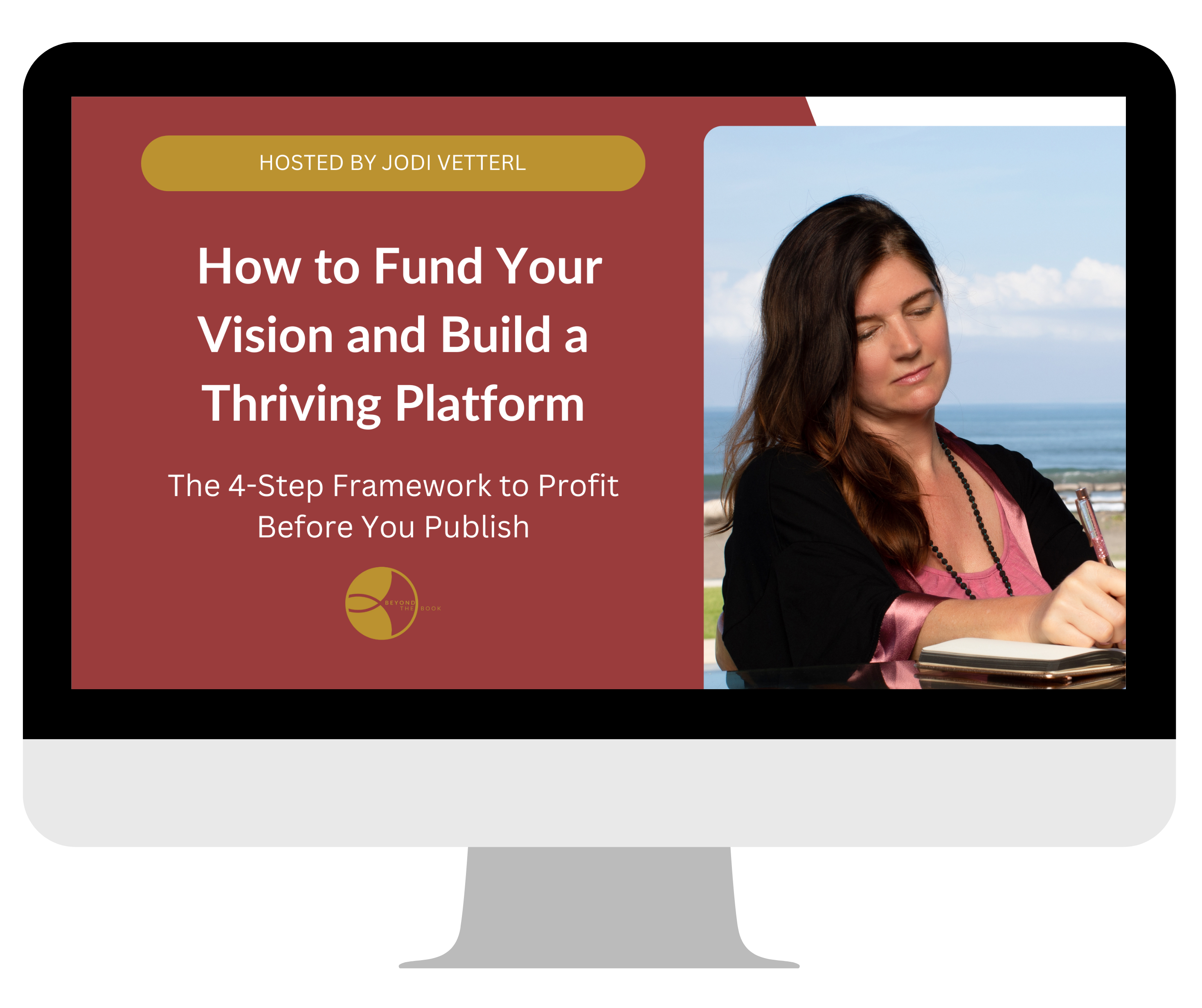
Are you sick and tired of launching?
Generate launch-sized
revenue without
launching ever again.

Are you sick and tired of launching?
Generate launch-sized
revenue without
launching ever again.
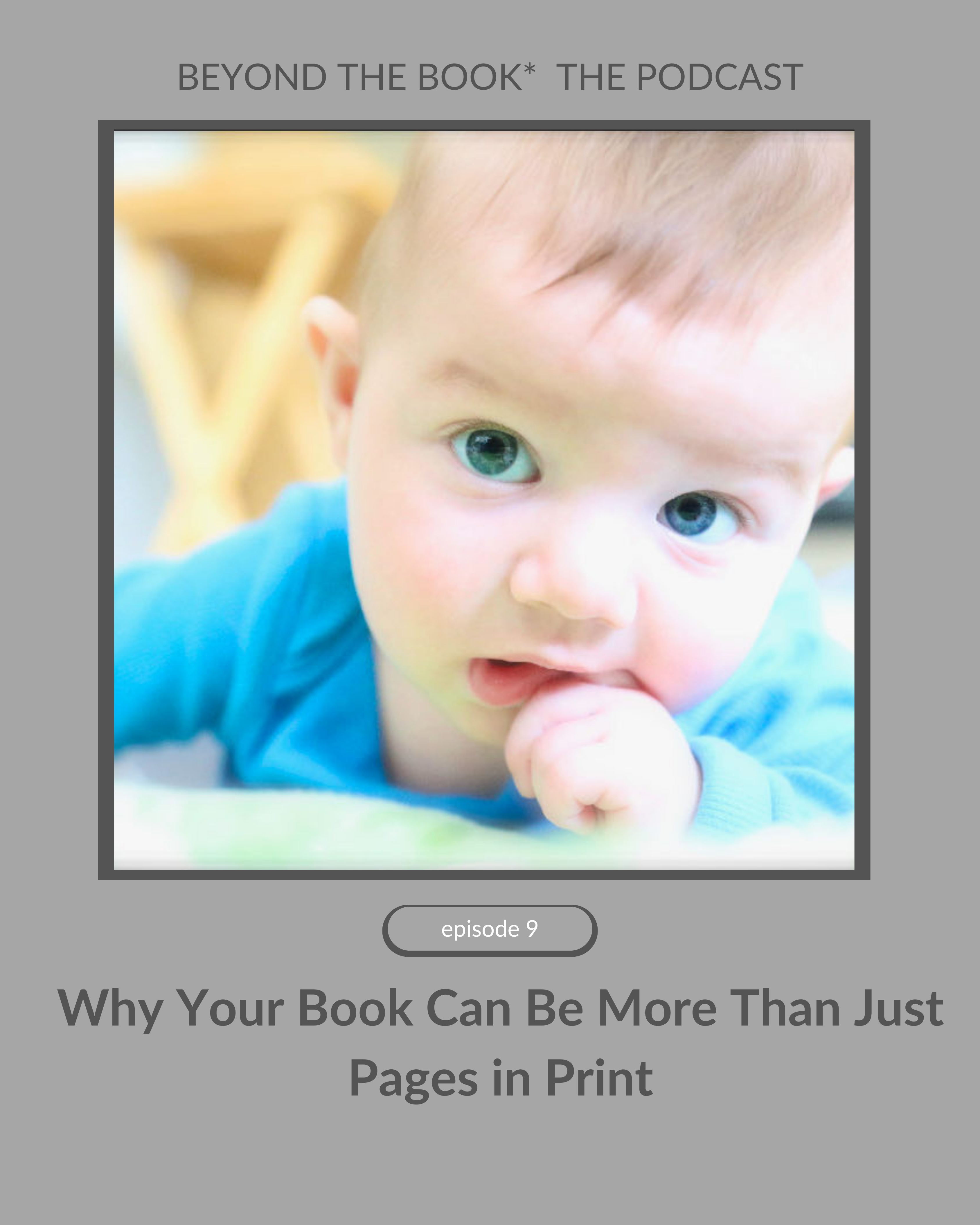

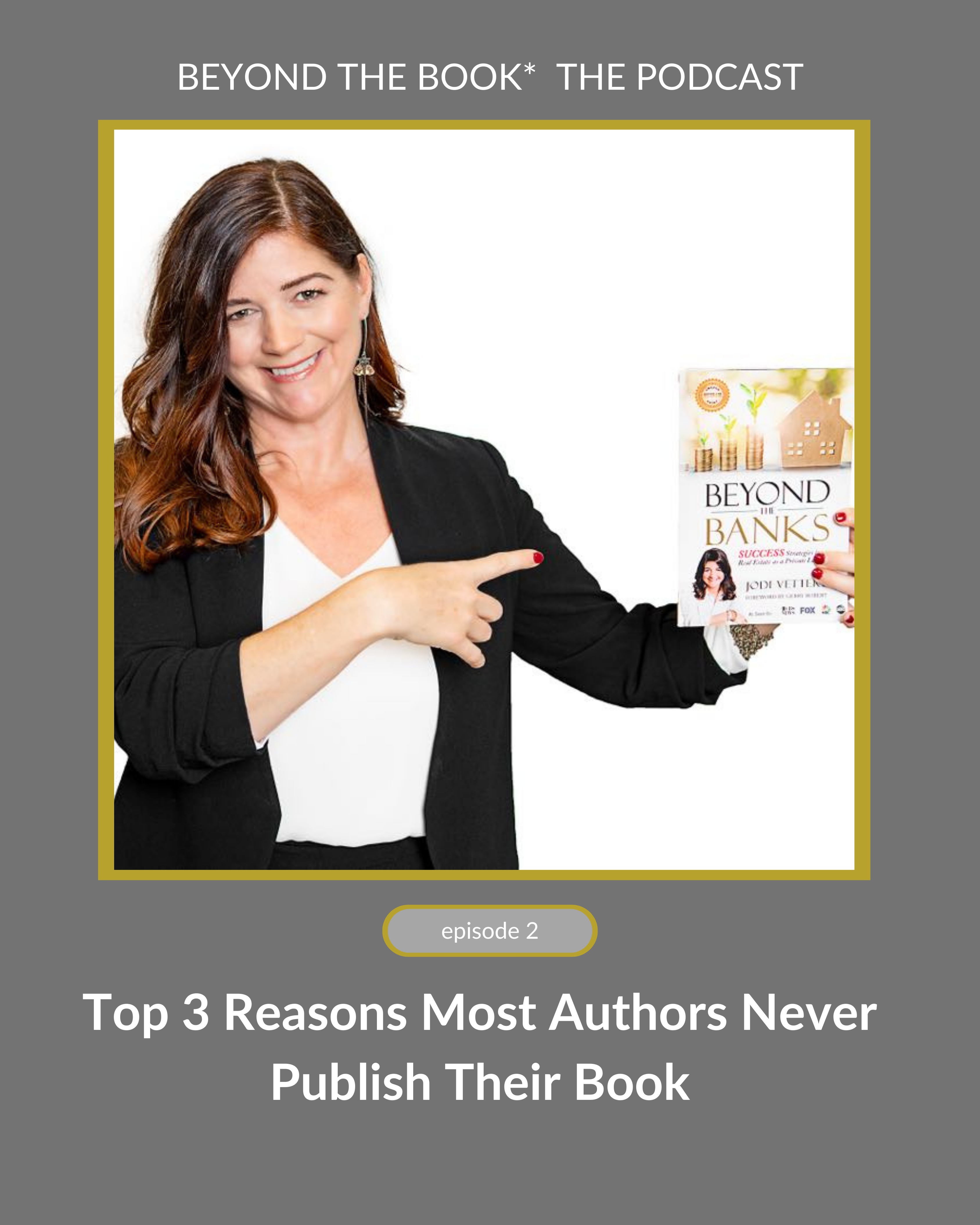





Facebook
X
Pinterest